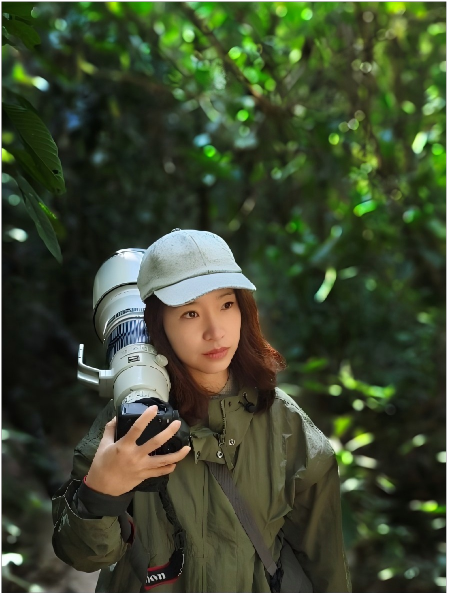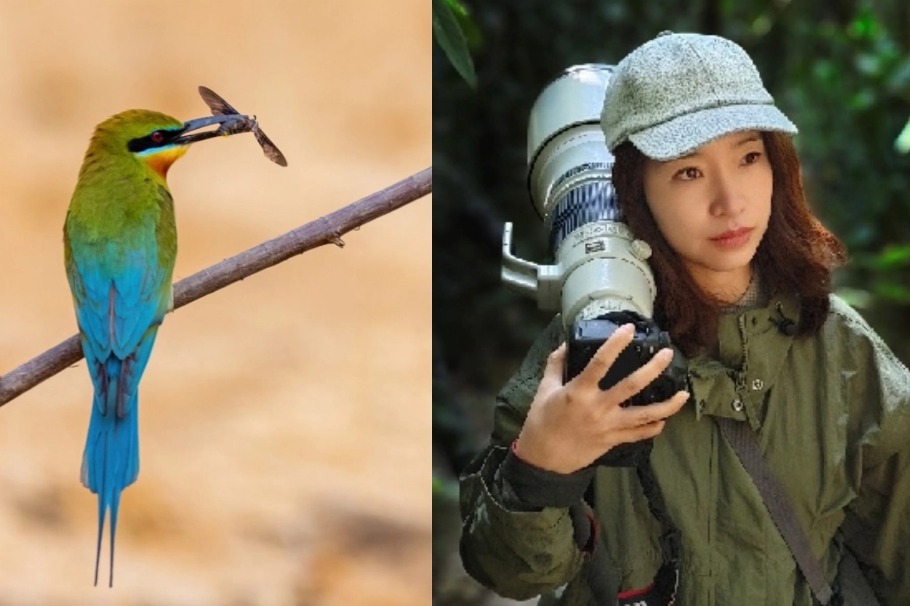Protecting rare animals through the lens

Editor's Note: April 8 marks International Rare Animal Protection Day. In China, years of extensive conservation endeavors have yielded positive outcomes. A Chinese wildlife photographer shares her thoughts on protecting rare animals through the lens.
"Listen, that's a magpie singing." said Xu Keyi, a wildlife photographer who can identify bird species by just hearing their calls.
Xu, 37, developed an interest in capturing animals on camera when she was a child, always dreaming of traveling the world with a camera.

Before she fully embraced a career in wildlife photography, she was engaged in journalism after earning her master's degree from the Chinese University of Hong Kong.
The turning point came during a trip to Antarctica, where Xu witnessed penguin parents fearlessly defending their chicks from intruders. The moment left a deep impression on her and deepened her passion for immersing herself in nature.
In 2018, Xu made the life-changing decision to leave her job and pursue wildlife photography full-time. "Now I've traveled across all seven continents and four oceans, but what I love most is the wildlife within China's 9.6 million square kilometers," Xu said. She is particularly drawn to flagship species, such as the snow leopard and the green peafowl, the only native peafowl in China.
Last year, in Yunnan province, Xu went through a tough early morning climb up a mountain to capture the elusive green peafowl. After enduring hours of rain and sweltering heat, as the sun broke out and cast light on the hillside in the afternoon, she finally made it.
As if on cue, a male peafowl's call echoed through the valley. "It was a moment of breathtaking beauty," she recalled.























